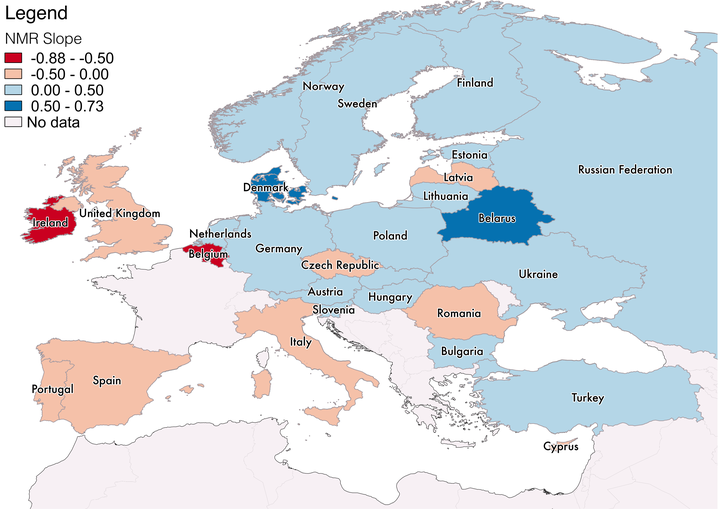Measuring the Impact of Internal Migration on Population Redistribution in Europe

Abstract
Migration has become the leading agent of demographic change in European countries, shaping patterns of human settlement both between and within countries. Internal migration underpins the efficient functioning of the economy by bringing knowledge and skills to the locations where they are needed, and is essential to social well-being by enabling individuals to pursue their goals and aspirations. Together with cross-border flows, internal migration is therefore the primary agent driving population redistribution within countries. Despite its acknowledged significance, contemporary understanding of the way migration impacts on settlement patterns remains remarkably crude, constrained primarily by reliance on coarse dichotomies into urban and rural, inadequacies in data collection and the perennial obstacles presented by the modifiable areal unit problem and the challenge of spatial scale. These difficulties are seriously compounded when seeking to make comparisons between countries or to trace the changing effect of migration on settlement patterns over time. This paper applies recent methodological advances developed through the Internal Migration Around the GlobE (IMAGE) project to a global repository of internal migration data, to compare the impact of internal migration on patterns of human settlement across 30 European countries.